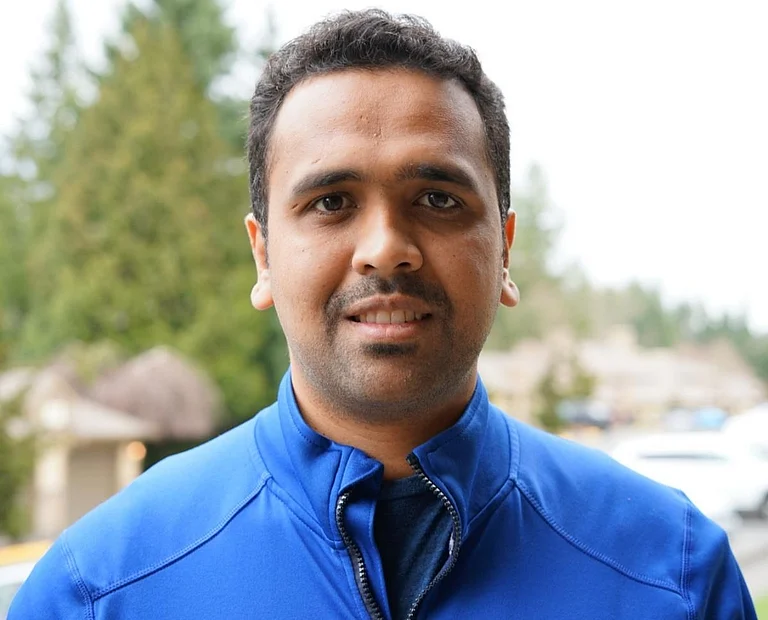How does one bring intimacy to virtual communication? Skype sought to do just that with their video-chatting platform in 2003. It was such a game-changer that it entered our lexicon and has since become a verb. You could google this, if you weren’t busy skyping. And though it isn’t the only way to do it—there’s alsoGoogle Chat, FaceTime, Facebook Messenger—it is Skype that’s become synonymous with live video calls.
It wouldn’t be counterintuitive to say it’s people in long-distance relationships who experience most intimately the way Skype changed the intimacy factor in online communication. Distance, time zones and the possibility of not seeing one’s partner for months might have ended many relationships, breaking millions of hearts before 2003. But that, as they say, is history.Today’s long-distance couples have found in Skype the virtuality—unavailable to the world of pre-2003 courtship—that makes face-to-face conversation across miles of separation just a couple clicks away. So distance has ceased to be a taken-for-granted factor in the post-mortem of broken relationships.
Take Kushagra Singh, a 23-year-old entrepreneur based in Bangalore. Last year, he became friends with a student. They had everything going for them, except that the woman was studying in faraway Calcutta. They had met only at inter-college events, but wished to keep in touch regardless of the distance. “We started chatting in the same WhatsApp groups and soon moved on to personal WhatsApp messages,” says Kushagra. “One day, she fell asleep during texting, leaving her contact lenses on. After waking up with her eyes swollen the next day, she sent me this text: ‘Do you mind if we talk on the phone instead of texting?’”
They found voice chat easier and more comfortable than texting. However, with calls getting longer and bills turning more expensive, they realised Skype was the best way to stay connected.
That was the beginning of daily Skype sessions, often lasting eight to 10 hours. “I told her that maintaining this relationship would be hard, as start-ups and girlfriends don’t go together. But Skype has helped,” he says.
These days, though, Kushagra’s girlfriend has been upset with him as they skyped each other only 15 times or so last month. “Last week, she was nervous as she had a presentation to make at work. So we discussed it and talked for nearly six hours,” he says. “On my birthday, my employees took me out. She was sad she couldn’t be there. So I got her to join us on Skype and she bought a cake and cut it for me, during our chat. Recently, I was invited as a speaker to an engineering college. She wanted to hear me speak. So she came on Skype and I used Facebook Live, so she did not miss it.”
“We use Skype because it gives a personal touch,” he goes on. “I am talking to you now over the phone. You can hear me, but you can’t see my expressions. You can only imagine it. On Skype you can see all that you see face-to-face.”
Catching people’s reaction is important to Kushagra in another area too. While speaking to clients or suppliers at his furniture company, Grabblocks, he prefers to Skype with them so he can gauge how happy they are with his products. “I have suppliers in China and Germany,” he says. “Skype now allows you to ‘share screens’, which means I can play my presentation on my computer. While the presentation is going on, I am able to see their faces. There are times when I have changed a few slides if they did not seem happy or if there are particular things they seemed to be keener on. If they have queries, I get my designer to conference-in to the Skype conversation, so he can explain to them about the designs. And when I’m on Skype, I ask my entire office to pay attention in case they need to handle these clients sometime as well.”

















.jpg?w=200&auto=format%2Ccompress&fit=max)







